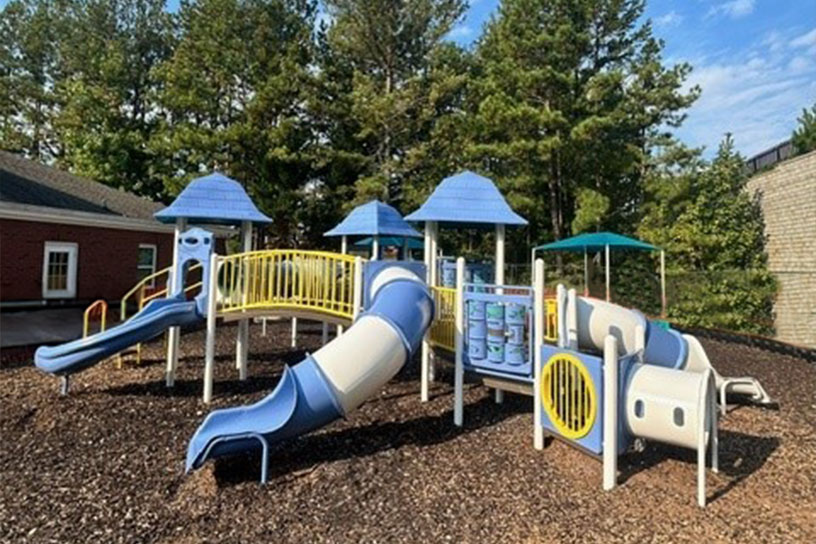What is a High-Frequency Playground Inspection?
Playgrounds are a sanctuary for children, offering an environment where they can engage in physical activity, socialize, and foster their imaginations. However, ensuring these spaces remain safe requires diligent oversight and maintenance. This is where high-frequency playground inspections play a crucial role.
A high-frequency playground inspection involves regular and systematic assessments of playground equipment, their surfaces, and surrounding areas to identify potential hazards and ensure compliance with safety standards. Unlike traditional periodic inspections, which occur less frequently, high-frequency inspections involve routine checks conducted daily or weekly, depending on the level of usage and specific guidelines.
The primary objective of high-frequency inspections is to lessen risks and prevent accidents. By promptly identifying and addressing issues such as broken equipment, damaged surfaces, or environmental hazards, playground operators can maintain a safe environment for children to play. These inspections include structural integrity, cleanliness, accessibility, and adherence to safety guidelines.
Structural integrity is a fundamental aspect of playground safety. During high-frequency inspections, inspectors assess the condition of equipment such as swings, slides, and climbing structures to ensure they are structurally sound and free from defects that could pose a risk. Any signs of wear and tear, rust, or loose components are noted and addressed promptly to prevent accidents.
In addition to equipment inspection, high-frequency assessments focus on the safety of surfaces surrounding playground structures. Impact-absorbing materials such as rubber mulch, engineered wood fiber, or rubber tiles are commonly used to cushion falls and reduce the risk of injury. Inspectors check for signs of deterioration, unevenness, or foreign objects that could compromise the effectiveness of the surfacing.
Maintaining a clean and hygienic environment is also essential for the well-being of playground users. High-frequency inspections include evaluating the cleanliness of the playground area, removing debris, and addressing any sanitation concerns promptly.
Accessibility is another critical aspect considered during high-frequency playground inspections. Ensuring that playgrounds are accessible to children of all abilities promotes inclusivity and allows every child to participate in recreational activities. Inspectors assess the layout, pathways, and equipment to ensure compliance with accessibility guidelines, making necessary adjustments if required.
High-frequency playground inspections also include evaluating compliance with safety standards and regulations established by relevant authorities such as ASTM International or the Consumer Product Safety Commission (CPSC). By staying informed about current guidelines and best practices, playground operators can prioritize safety and minimize liability risks.
Performing high-frequency playground inspections are essential to maintaining safe and enjoyable play environments for children. By conducting regular assessments, addressing potential hazards promptly, and adhering to safety standards, playground operators can create spaces where children can thrive, explore, and create lasting memories without compromising their well-being. Contact Playground Guardian today to learn more about how we can assist you with your playground safety audits and inspections!





